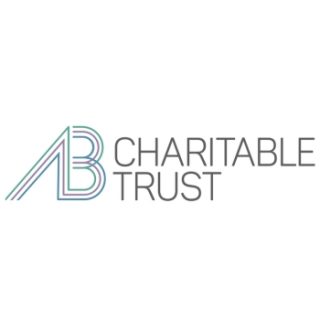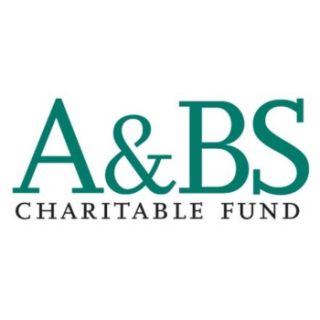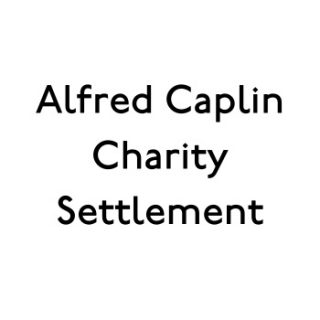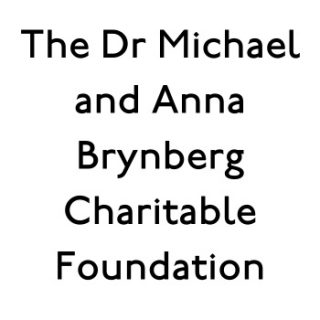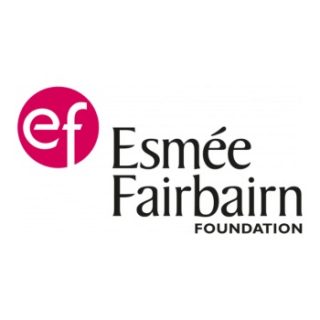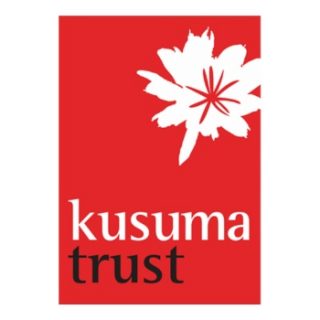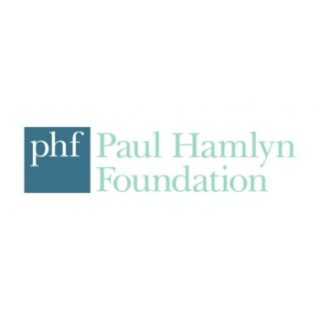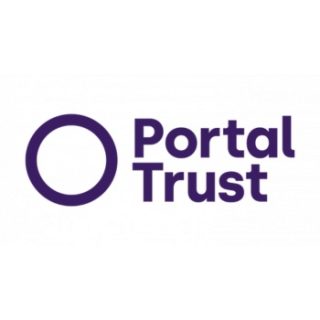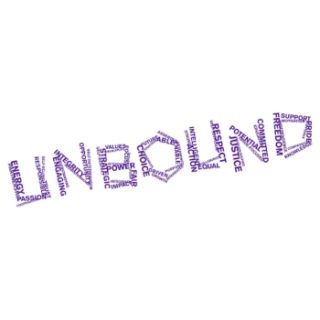Kindertransport Lesson Plan (Primary)
| Produced by | Holocaust Memorial Day Trust | |
| Subject | Citizenship, History | |
| Age range | KS2 (ages 7–11) | |
| Summary | This lesson plan uses the story of one individual, Renie Inow as an access point to the broader story of the Kindertransport (the child refugee service in 1930s Europe). Renie’s journey – This is a flexible lesson plan aimed at 9–11-year-old learners. Your students will learn about Renie Inow, who came to Britain on the… Read more | |
| Description | Renie’s journey – This is a flexible lesson plan aimed at 9–11-year-old learners. Your students will learn about Renie Inow, who came to Britain on the Kindertransport at the age of 10. You will read letters her parents sent her, and learn what the Kindertransport programme was, and why it was needed. Students will practise reading, writing and comprehension, as well as being introduced to the history of the Holocaust in an age-appropriate way. This lesson is differentiated throughout for different abilities. | Resource |


